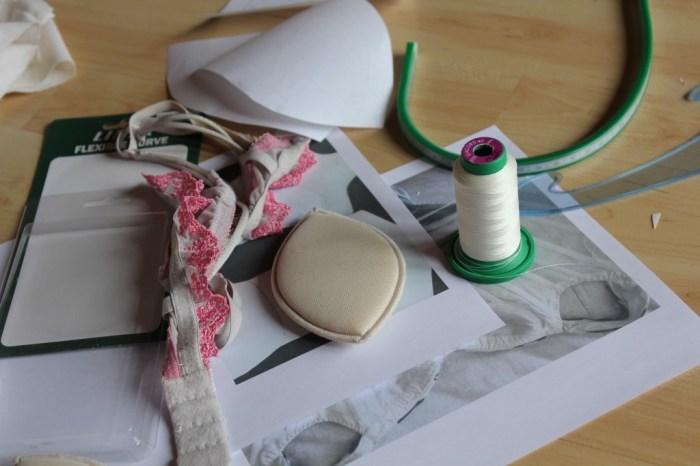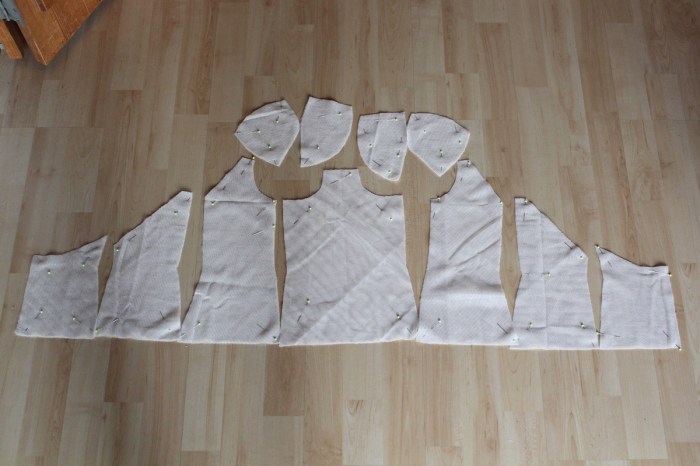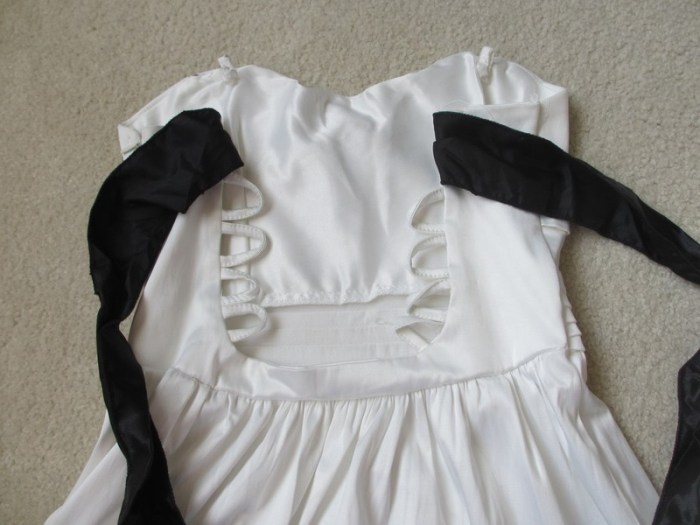Wedding Dress Styles and Corset Backs

Source: thisblogisnotforyou.com
Add corset back to wedding dress – Adding a corset back to a wedding dress offers a unique blend of structure, support, and style. The right combination of dress style, fabric, and corset design can dramatically enhance the overall look and feel of the gown. This section explores the various elements to consider when incorporating a corset back into your dream wedding dress.
Wedding Dress Silhouettes Suitable for Corset Backs
Several wedding dress silhouettes pair beautifully with corset backs. A-line, mermaid, and fit-and-flare gowns often benefit from the structured shape and waist definition a corset provides. Ball gowns can also incorporate corset backs, although the effect might be subtler due to the fuller skirt. The choice of silhouette will influence the design and construction of the corset back itself.
Fabric choice significantly impacts how the corset back looks and functions. Heavier fabrics like brocade or satin hold their shape well and complement the structured nature of a corset. Lighter fabrics like chiffon or lace might require additional support or boning to prevent sagging. The texture of the fabric also plays a role; a smooth satin will show the corset’s shape clearly, while a textured lace will offer a more romantic, less structured look.
Necklines also play a crucial role in the overall aesthetic. Sweetheart, V-neck, and scoop necklines are popular choices that often pair well with corset backs, creating a balanced and flattering look. The neckline should complement the overall design and not compete with the corset back.
| Neckline Style | Dress Silhouette | Fabric Suggestion | Overall Impression |
|---|---|---|---|
| Sweetheart | A-line | Satin | Romantic and classic |
| V-neck | Mermaid | Lace | Elegant and sophisticated |
| Scoop Neck | Fit and Flare | Brocade | Modern and structured |
| High Neck | Ball Gown | Tulle | Dramatic and regal |
Adding a Corset Back: Methods and Techniques

Source: thisblogisnotforyou.com
Adding a corset back can be achieved through various methods, each with its own advantages and disadvantages. Sewing, lacing, and boning are common techniques. A well-fitted corset back requires careful measurements and pattern making. The choice of method depends on your sewing skills and the desired level of structure.
To add a corset back, you’ll need fabric (matching the dress or a contrasting fabric), boning (plastic or metal), lacing (ribbon or cord), and sewing tools. First, create a pattern based on the dress’s back bodice. Then, cut the fabric, sew the corset pieces together, insert boning, and attach the lacing. Finally, carefully sew the corset back to the existing dress bodice.
Sewing offers a more permanent and less adjustable fit, while lacing allows for adjustments after the dress is completed. Boning provides structure and support, preventing the corset from collapsing. The specific steps involved will vary depending on the chosen method and the complexity of the design.
Creating a custom corset back pattern involves taking precise measurements from the dress’s back bodice, creating a draft pattern on paper, adjusting the pattern for fit and desired shaping, and then transferring the pattern to the chosen fabric. This process ensures a perfect fit and integration with the existing dress.
Design Considerations for Corset Backs
The lacing style significantly influences the aesthetic. Ribbon lacing creates a delicate and romantic look, while fabric lacing offers a more structured and tailored appearance. The choice of boning material affects the corset’s support and structure. Plastic boning is lightweight and flexible, while metal boning provides more rigidity. Embellishments like beads, pearls, or embroidery can further enhance the corset back’s design.
Below are three distinct corset back design examples:
- Classic Corset Back:
- Fabric: Satin or brocade
- Lacing: Ribbon lacing
- Embellishments: Minimal or subtle beading
- Modern Corset Back:
- Fabric: Structured crepe or silk
- Lacing: Fabric lacing or hidden closures
- Embellishments: Clean lines, minimal embellishments
- Bohemian Corset Back:
- Fabric: Lace or embroidered cotton
- Lacing: Fabric lacing or exposed stitching
- Embellishments: Floral appliqués or tassels
Potential Challenges and Solutions, Add corset back to wedding dress
Adding a corset back can present challenges, particularly regarding fit and fabric manipulation. Difficulties might include uneven seams, fabric stretching, or issues with pattern matching. Careful planning and precise execution are crucial to avoid these problems.
| Problem Encountered | Solution |
|---|---|
| Uneven seams | Precise cutting and careful sewing, using a walking foot for even feeding of fabric layers. |
| Fabric stretching | Use interfacing to stabilize the fabric, and choose a fabric with good recovery properties. |
| Pattern matching difficulties | Pre-plan fabric placement and use pattern matching techniques to ensure a seamless look. |
| Boning not staying in place | Use boning channels and secure the boning ends to prevent shifting. |
Impact on the Overall Fit and Silhouette

Source: coplusk.net
A corset back significantly alters the fit and silhouette of a wedding dress. It creates a defined waist, enhances curves, and provides excellent support. Adjustments to the corset’s shape and boning placement can be made to achieve a specific look, such as a more dramatic cinched waist or a gentler shaping of the curves.
The impact of different corset back styles varies depending on body type. For example, a structured corset back might be more flattering on a pear-shaped body, while a less structured corset might be better suited for a slender frame. Each style offers unique benefits and drawbacks depending on the individual’s figure and preferences.
- Structured Corset Back: Pros: Provides significant waist definition and support; Cons: May not be as comfortable for extended wear.
- Less Structured Corset Back: Pros: More comfortable and flexible; Cons: May not provide as much waist definition.
- Custom Fitted Corset Back: Pros: Bespoke fit for optimal comfort and silhouette; Cons: Requires more advanced sewing skills and precise measurements.
FAQ Overview: Add Corset Back To Wedding Dress
Can I add a corset back to any wedding dress?
While many dresses are suitable, some fabrics or designs might present challenges. A consultation with a seamstress is recommended.
How much will adding a corset back cost?
The cost varies greatly depending on the complexity of the design, the materials used, and the seamstress’s rates.
How long does it take to add a corset back?
This depends on the complexity; it could take several days to several weeks.
What types of boning are best for a wedding dress corset?
Plastic boning is common and affordable; spiral steel boning offers more support but can be more challenging to work with.
